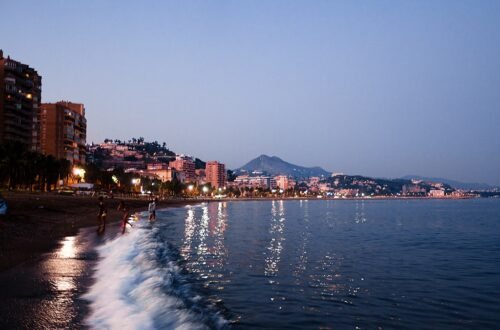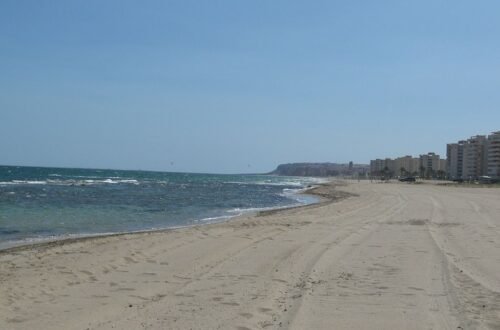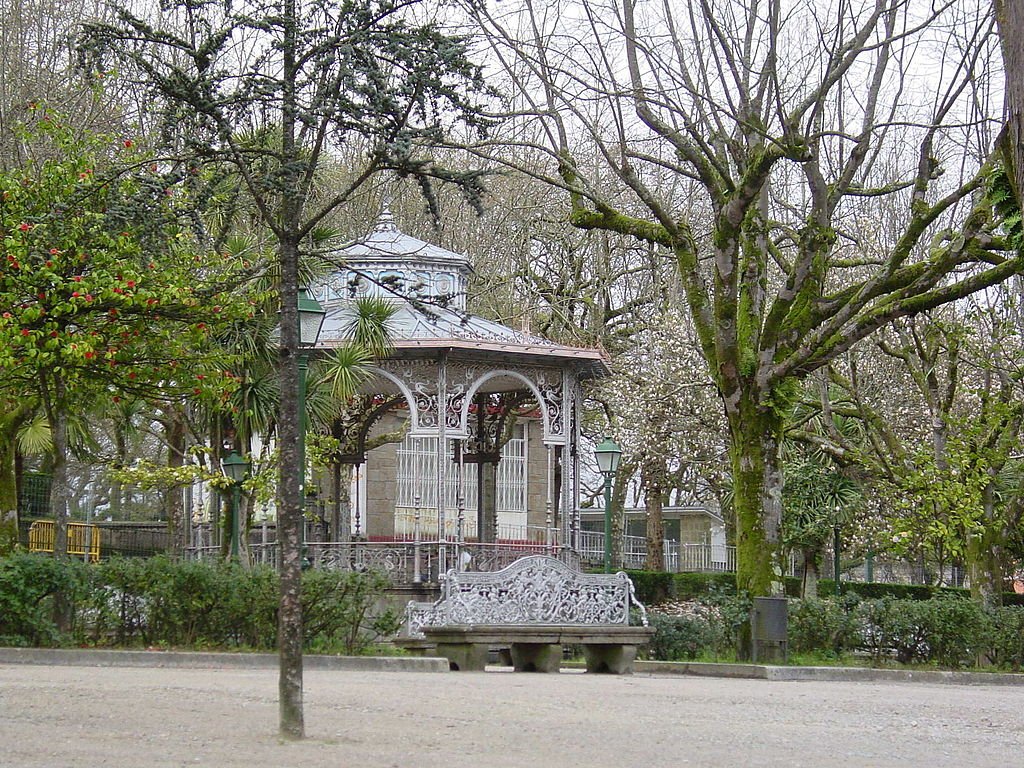
15 Things to Visit in Marbella (Spain)
Marbella competes with the French Riviera for Mediterranean glitz and offers everything you could possibly want from a posh beach resort: There are Michelin-starred restaurants, golf courses, designer shops, and marinas full of opulent yachts, and a lengthy stretch of sandy beaches. It is understandable why millionaires and celebrities have been visiting this location for so long. For the inquisitive, there are lots of little discoveries to be made around the resort, whether it’s the renaissance palaces in the old town or the remnants of Roman villas hidden between the luxury developments. Let’s examine the top activities in Marbella:
- Old-town
- Alameda Park
- Resort beaches
- Avenida del Mar
- Puerto Banús
- Iglesia de la Encarnación
- Museum of Spanish Contemporary Engraving
- Golf
- Water activities
- Beaches for day-trips
- Vega del mar Basilica
- Bonsai Museum
- Roman villa
- Dining
- La Concha
Old-town
.jpg)
A fantastic find in Marbella’s historical district. It is a maze of pedestrian streets with crazy paving and red tile flooring. Many of the structures, all of which have terracotta roofs and have been whitewashed, are from the Renaissance. The entire area is vibrant with flowers, and some are covered in bougainvillaea. A small formal garden surrounded by orange trees serves as the seating area for the restaurants in Plaza de Los Naranjos, where the houses are all arranged on corridor-like streets that lead to the square. The tiles in the ancient quarter are kept so immaculately clean that they sparkle in the sunlight.
Alameda Park

There is a park that has the feel of a private garden just a short distance south of the old town. Below a thick canopy of tropical foliage are marble-paved walkways, fountains, and benches where you can hide from the sun in the afternoon or sip a cup of coffee in the morning. A lot of the benches are covered in “azulejos,” traditional Andalusian hand-painted tiles that depict the city’s historical sites and landmarks. A balustrade also surrounds the park on two sides, which greatly heightens its opulence.
Resort beaches

There are 20 beaches along Marbella’s coastline, the majority of which have sand of a dark hue, and they are all serviced by amenities like chiringuitos (beach bars). From Holy Week to the end of September, lifeguards are on duty at almost all of them. On the west side of the port, El Faro is one of the choices. At 200 meters it’s not the largest, but has been awarded the Blue Flag in 2016 and has an arc of sand washed by knee-high waters, great for the little guys to splash around to their heart’s content.
Avenida del Mar
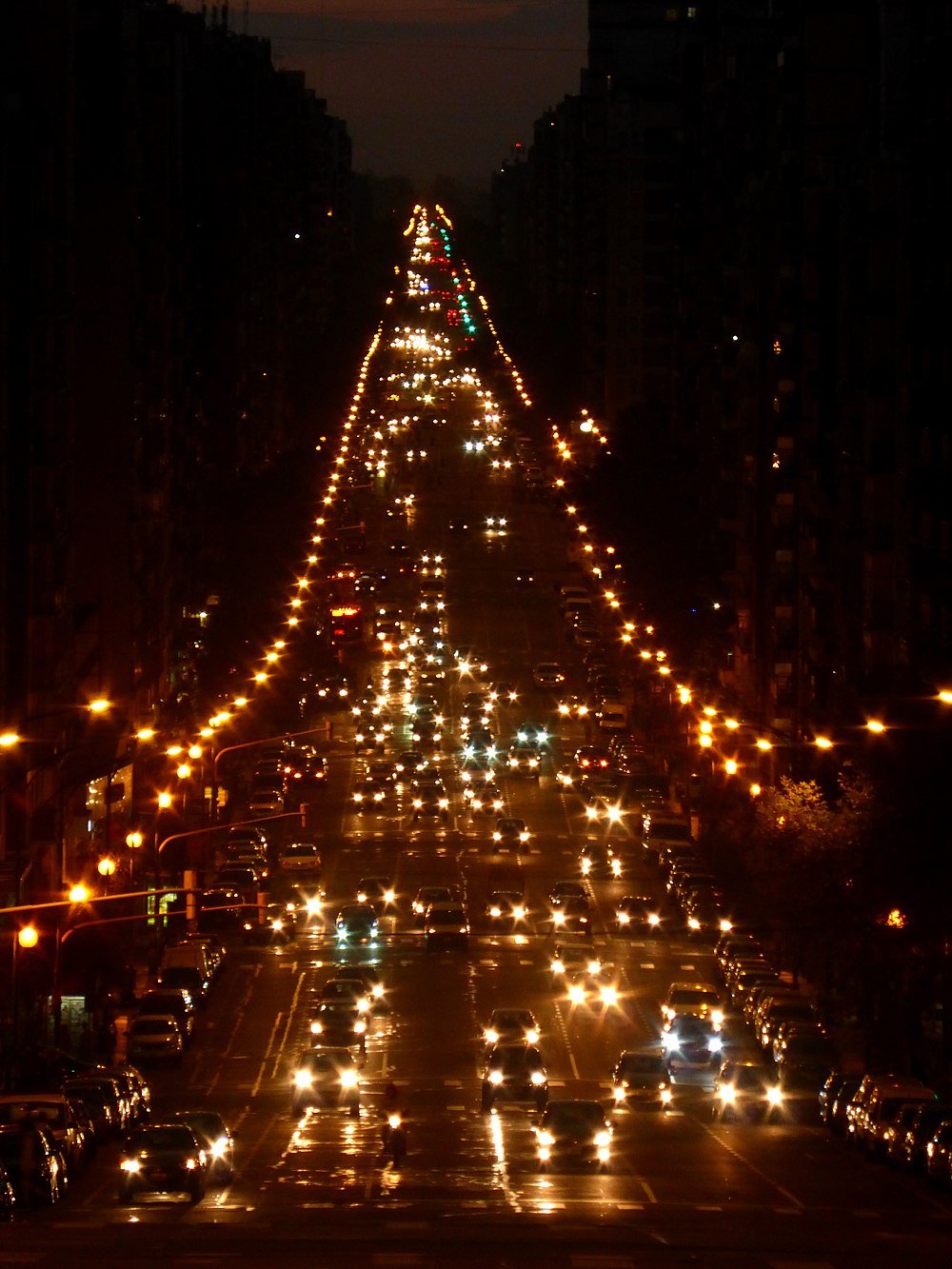
This elegant walkway descends to Playa de la Venus, which is close to the marina in Marbella, from Alameda Park. It is a wide pedestrian route lined with palm palms, neatly kept hedges, and outstanding works of public art. The bronze sculptures were designed by the 20th-century surrealist Salvador Dalí, so you could easily pass a few minutes studying them, perhaps from one of the beaches along the way. The walkway is lined with shops and bars, and if you’re travelling to Marbella by car, there is a convenient parking lot below the esplanade, providing easy access to the city’s old town and beaches.
Puerto Banús
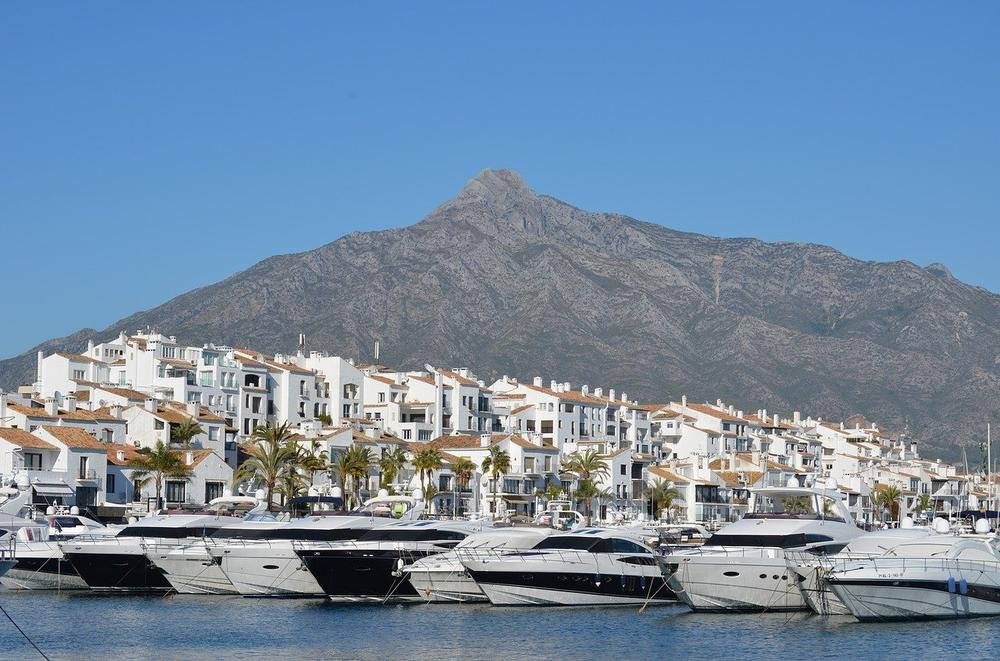
The resort’s glitziest area is located a few kilometres east of the historic Marbella. If Marbella is compared to the French Riviera, it’s because Puerto Banus is filled with designer shops, super yachts, and expensive sports vehicles. The area merits some of your time just to see the ostentatious displays of wealth, but you should check out the large Rhinoceros sculpture, also by Salvador Dalí, which weighs 3.6 tonnes. Spend a few hours relaxing on the white sand beach or, if you can reserve a table, dress up for dinner at one of the area’s upscale eateries. Mijas, Marbella, and Puerto Banus are recommended on a guided tour.
Iglesia de la Encarnación
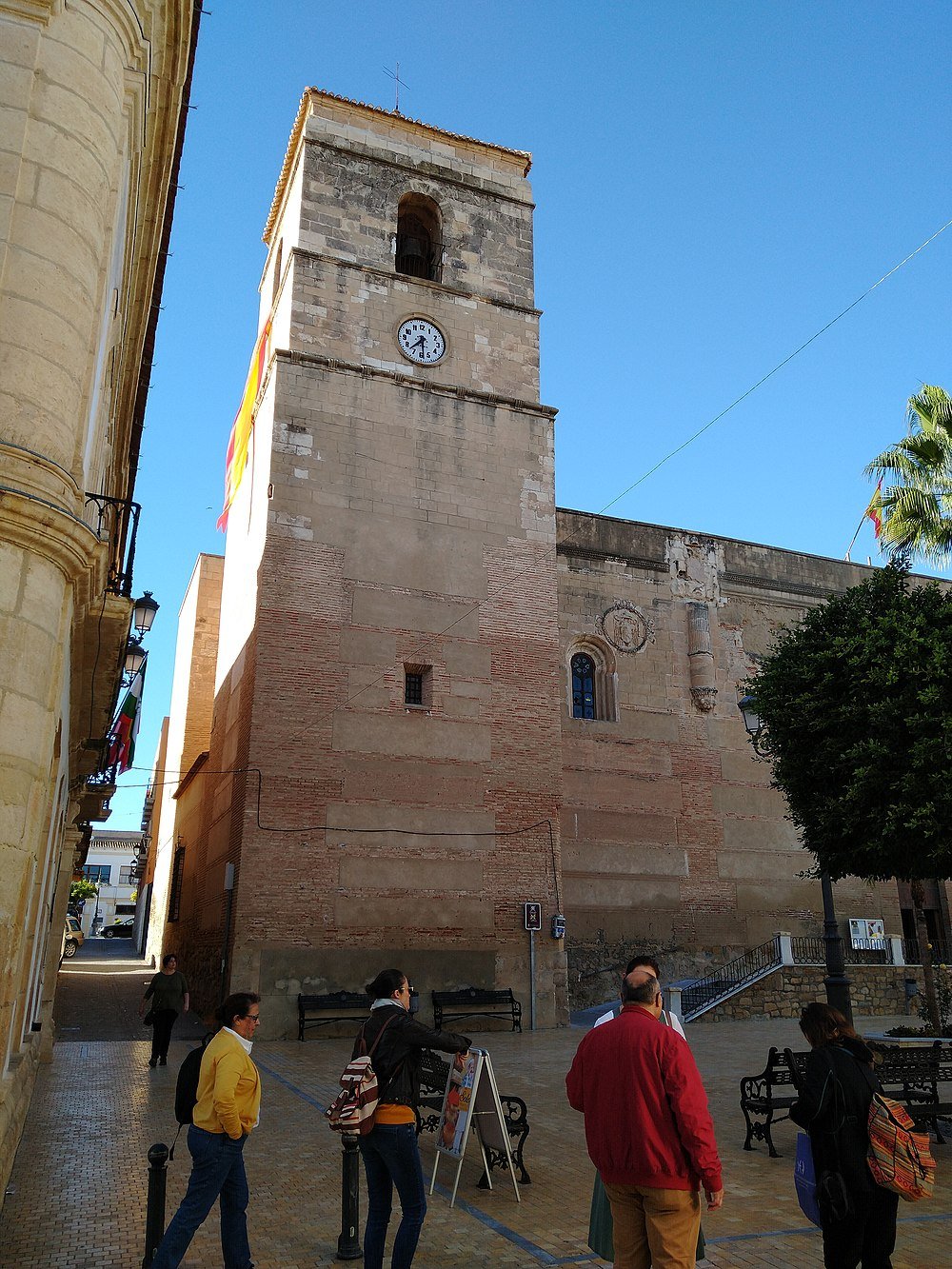
A magnificent renaissance and baroque church constructed in the middle of the 18th century is the primary historical landmark in Marbella. Unlike practically everywhere else in Spain, the city was “re-conquered” from the Moors at the end of the 15th century. Even before construction was finished, this former mosque was immediately declared holy and transformed into a Christian house of worship. As a result, parts of the structure’s architectural features have been modified for Christian use. Take the tower of the church, which originally served as a minaret. The interior’s floor plan was altered to resemble a basilica, with three naves and lavish rococo décor from the 18th century.
Museum of Spanish Contemporary Engraving
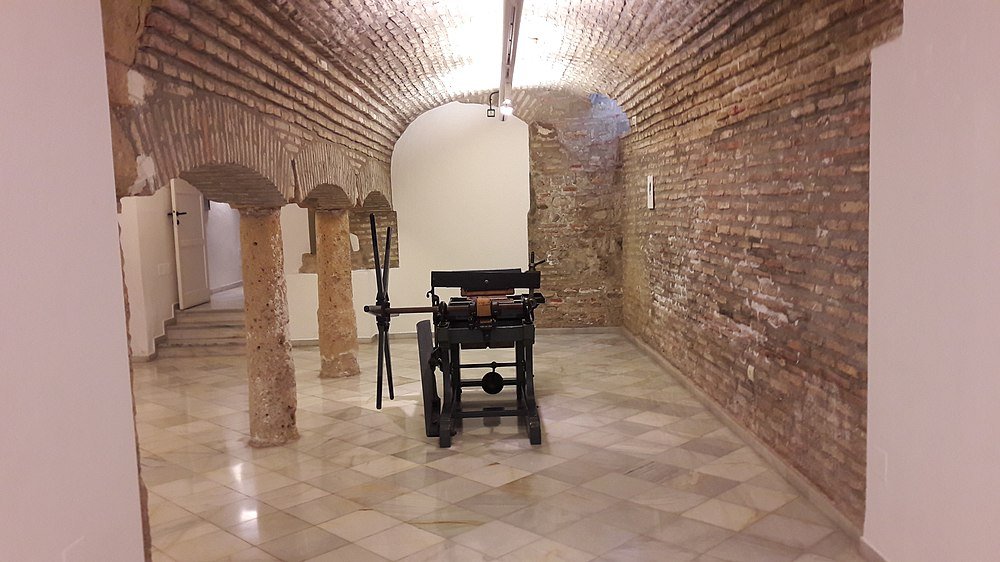
The only museum in Spain devoted to engraving is tucked away along a side street in Marbella’s historic district. The location, a Moorish-style palace erected in the 16th century for the naval commander Alonso de Bazán and left to the city as a poor people’s hospital, is an integral aspect of the experience. About 4,000 engravings, etchings, aquatints, lithographs, and other graphic design work by some of Spain’s most renowned artists are included in the collection. Goya, Picasso, Miró, Chillida and Dalí all have works on show here.
Golf

There are numerous golf courses in Marbella, which is appropriate for a playground for the affluent. There are 32 within half an hour of the resort, including very posh, invitation-only clubs, plush resorts with eye-watering green fees, and more affordable no-frills options that will suit novices and rusty players. If you’re newish to the sport then Monte Paraiso is the one for you; it’s mere moments from the centre of the resort and has relatively short, par-3 holes that are forgiving for newcomers but still pose a test for seasoned golfers. Try Los Naranjos or La Quinta Golf & Country Club if you want to go all out.
Water activities
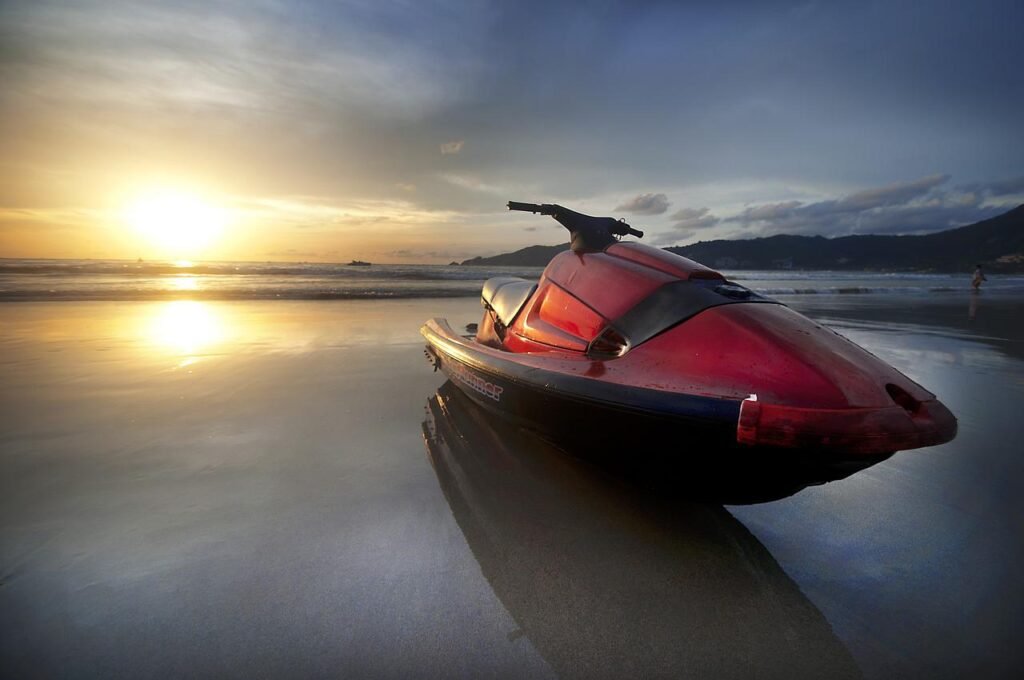
The Mediterranean will be beckoning to you at Marbella’s seashore, and fortunately, there are many ways to get there. There are a few businesses in and around the marina that offer thrill-seeking activities like jet-skiing, parasailing, wake-boarding, and terrifying powerboat rides. If bouncing around the sea at 50mph isn’t your idea of a good time then you could always charter a luxury yacht to experience the lifestyle of Marbella’s ultra-wealthy, if only for a day. It’s surprisingly affordable to rent a yacht with a captain if you pool your resources with friends or family. You can sail out to sea or anchor at swanky beach clubs where launches will even bring your food and beverages to you.
Beaches for day-trips
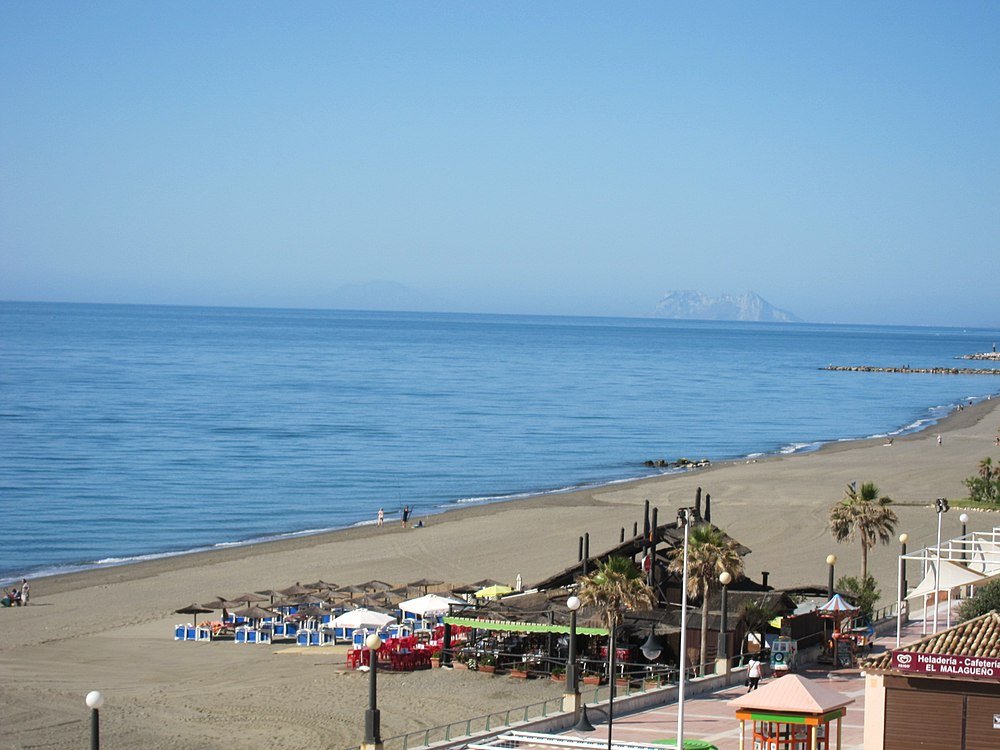
You won’t even be touching the surface of the Costa del Sol’s Blue Flag beaches in Marbella. Perhaps you’ll desire a change of scenery or to discover a less crowded seaside location. You won’t have to travel far; Estepona, where El Padrón is located, is just past the western border of the Marbella municipality and is home to a number of cafes, restaurants, the Puro Beach Club, and a sizable shopping district. If some serenity is in order then San Roque is about 40 minutes along the coast, but the remote Cala Sardina is worth every minute of the drive, with no more than a few whitewashed villas on the hills behind it.
Vega del mar Basilica
The National Museum of Archaeology in Madrid now houses artefacts excavated from this archaeological site near Guayaba Beach, despite its seeming humble appearance. It is a paleochristian site that the Romans initially constructed and the Visigoths later enlarged. Initially, it was a Roman necropolis, and the 200 graves on this site constitute one of the biggest Roman burial sites in Spain. Here was a church that was constructed sometime in the sixth century. Three main halls are visible on the floor plan when viewed from the elevated wooden walkway, as well as the vestibule with the baptismal font, ensuring that everyone entering the church had already been baptized.
Bonsai Museum

The Arroyo de las Represas Park is located just up the hill from the ancient town. This is a long, narrow rock garden that follows a riverbed, blending with the sloping landscape and offering a long path next to the Avenida Dr Maíz Viñals, popular with joggers and dog-walkers. A nominal entrance fee is required to enter the garden and pavilion in the centre, which is designed like a bodega. One of the best single collections of bonsai trees in all of Europe may be found there, along with turtle-filled water features. Many of the examples are olive trees, the oldest of which is a 300-year-old Olea oleaster (wild olive).
Roman villa
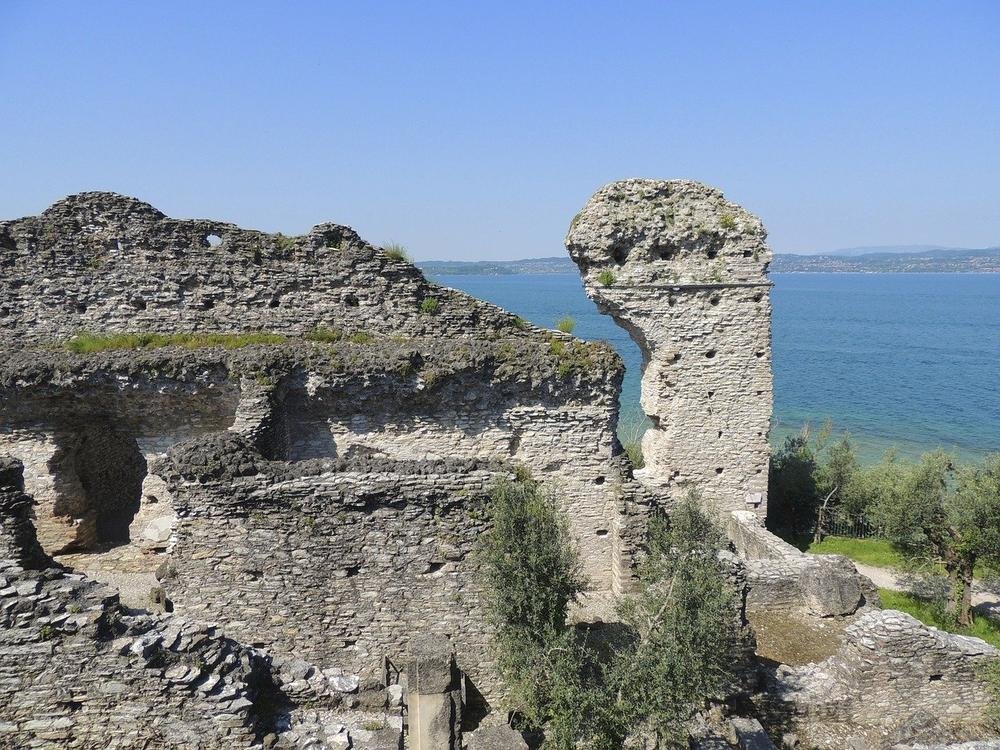
Remains of the city of Ciliana, which was present where Marbella is today 2,000 years ago, can be found not far from the mouth of the Rio Verde. Ruins of what may have been a grand Roman villa can be seen beneath a permanent canopy. The villa’s magnificent mosaics remain as vibrant today as they were two millennia ago, despite the absence of the walls and pillars. The designs correspond to the part of the home they occupied, so the kitchen shows a cauldron with fish, rabbit, and chicken, while the dining area even shows where guests are supposed to remove their shoes. This little yet fascinating attraction only allows visitors on Thursday lunchtimes.
Dining
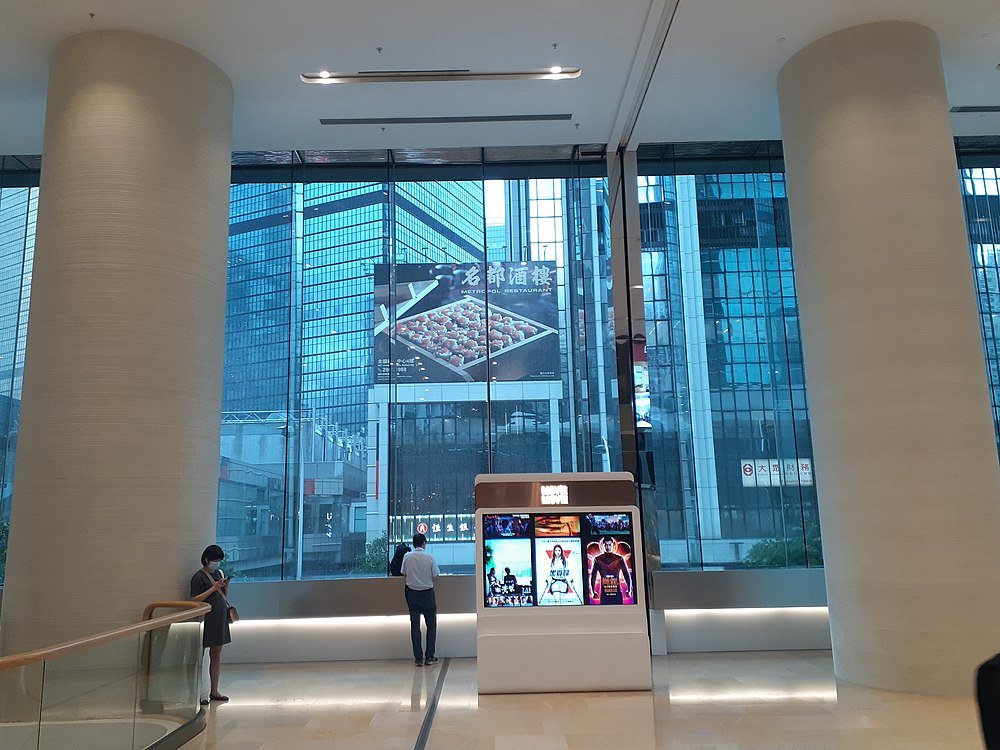
One of the attractions for the wealthy and famous is the resort’s cuisine, which earned it five Michelin stars in 2016. Since 2008, Skina has garnered praise for its avant-garde Andalusian-inspired cuisine, while El Lago follows the “zero kilometres” principle and sources all of its ingredients from the province of Málaga. You don’t need to visit a destination restaurant for a great meal though; in fact, the most satisfying local dish is espetos, usually sardines skewered with bamboo and roasted over a wood fire on the beach. An authentic bowl of gazpacho made with vegetables, cucumber, tomato, and garlic is incredibly cooling when it’s extremely hot outside.
La Concha
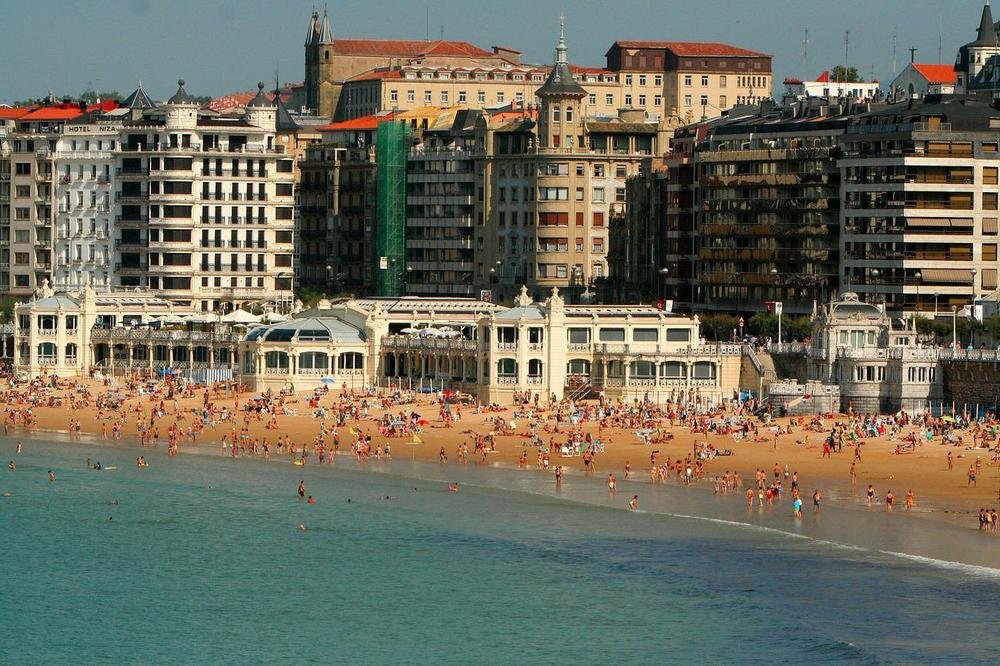
Climbing the mountain behind the resort during the milder months is a fantastic option for adventuresome sorts. La Concha rises above 1200 meters in height and is a part of the Sierra Blanca coastal range. This ominous hilltop, which lacks any trees, is visible from anywhere in Marbella. When you approach the summit after parking at El Refugio de Januar, you’ll be presented with a very different scene, where the steep valleys shelter tall pine and oak trees. You can quickly ascend into an area of rocky scrubland by just following the signs for PR-A 168 La Concha from there. Once you’re at the top you can see out far beyond Marbella, to the Atlas Mountains in Morocco. Overall, the walk lasts roughly four hours.


